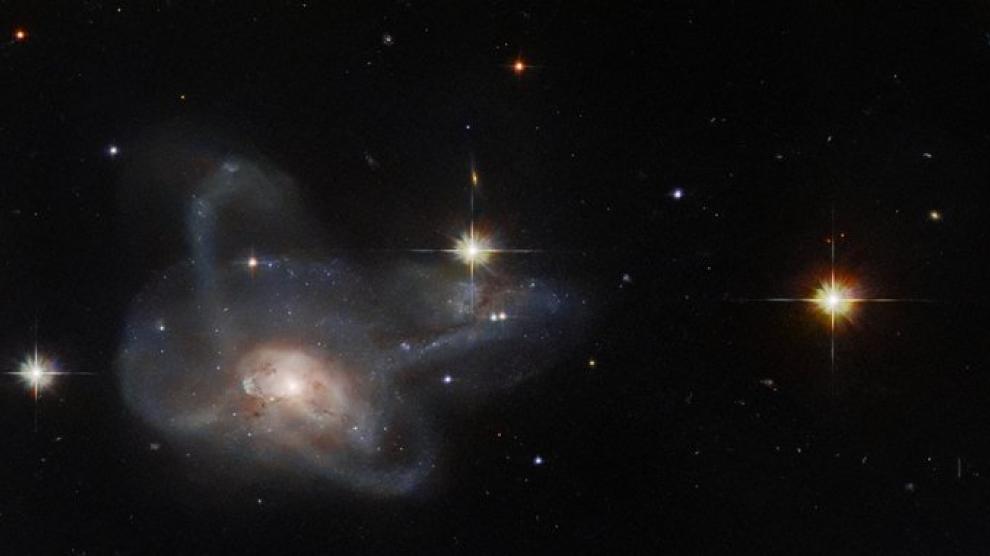Astrophysicists have harnessed artificial intelligence to discover. A better way to estimate the mass of colossal galaxy clusters.
The AI discovered that simply by adding a simple term to an existing equation. Scientists can produce much better mass estimates than they had previously. According to a paper presented in the Proceedings of the National Academy of Sciences (PNAS).
Secret equation for 'weighing’ galaxy clusters discovered
„It’s so simple; that’s the beauty of it,” study co-author Francisco Villaescusa-Navarro, a research scientist at the Flatiron Institute’s Center for Computational Astrophysics (CCA) in New York City, said in a statement. „Even though it’s so simple, no one has found this term before. People have been working on this for decades, and they still couldn’t find this.”
The work was led by Digvijay Wadekar of the Institute for Advanced Study in Princeton, New Jersey, along with researchers from the CCA, Princeton University, Cornell University and the Harvard-Smithsonian Center for Astrophysics.
Secret equation for 'weighing’ galaxy clusters discovered
Understanding the universe requires knowing where and how much stuff there is. Galaxy clusters are the most massive objects in the universe: a single cluster can contain anywhere from hundreds to thousands of galaxies, along with plasma, hot gas and dark matter. The gravity of the cluster holds these components together. Understanding such galaxy clusters is crucial for pinning down the origin and continuing evolution of the universe.
Perhaps the most crucial quantity that determines the properties of a galaxy cluster is its total mass. But measuring this quantity is difficult: galaxies cannot be „weighed” by placing them on a scale. The problem is further complicated by the fact that the dark matter that makes up much of a cluster’s mass is invisible. Instead, scientists deduce the mass of a cluster from other observable quantities.
In the early 1970s, Rashid Sunyaev, currently Distinguished Visiting Professor in the Faculty of Natural Sciences at the Institute for Advanced Study, and his collaborator Yakov B. Zel’dovich developed a new way to estimate the masses of galaxy clusters. Their method is based on the fact that as gravity crushes matter, the electrons in the matter recoil. That electron pressure alters the way electrons interact with particles of light called photons. As photons left over from the afterglow of the Big Bang hit the compressed material, the interaction creates new photons. The properties of these photons depend on how strongly gravity compresses the material, which in turn depends on the weight of the galaxy cluster. By measuring the photons, astrophysicists can estimate the mass of the cluster.







